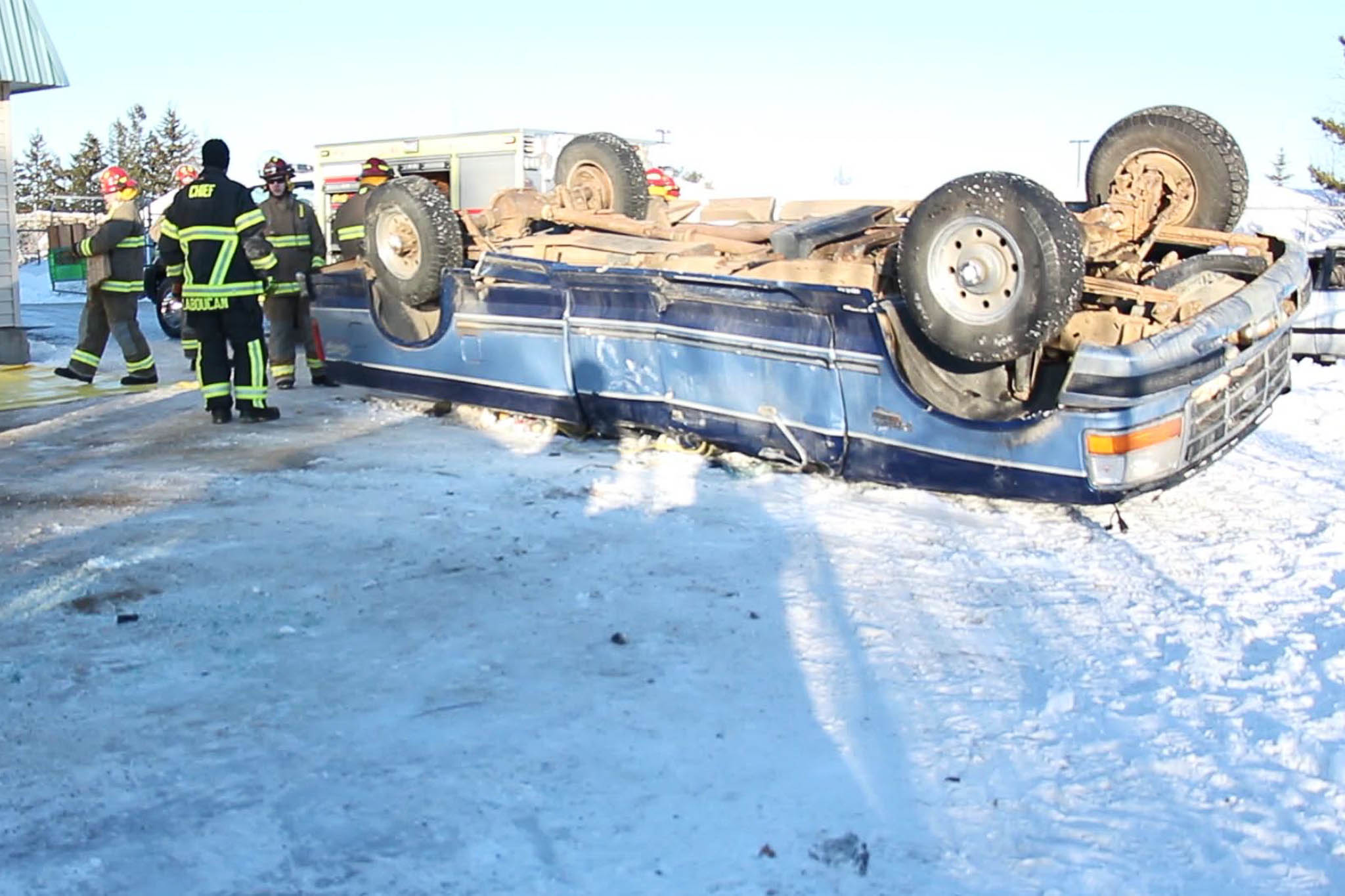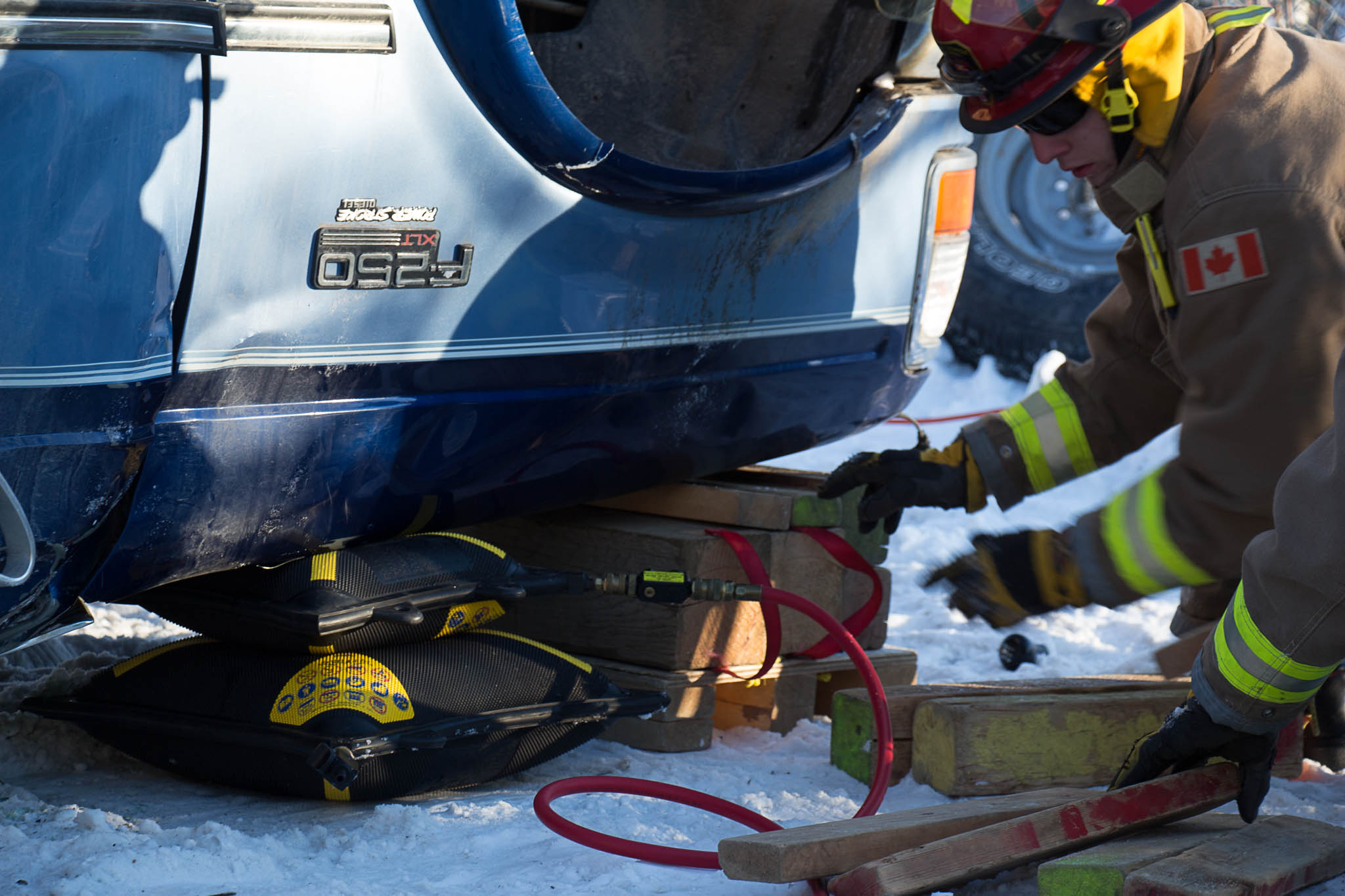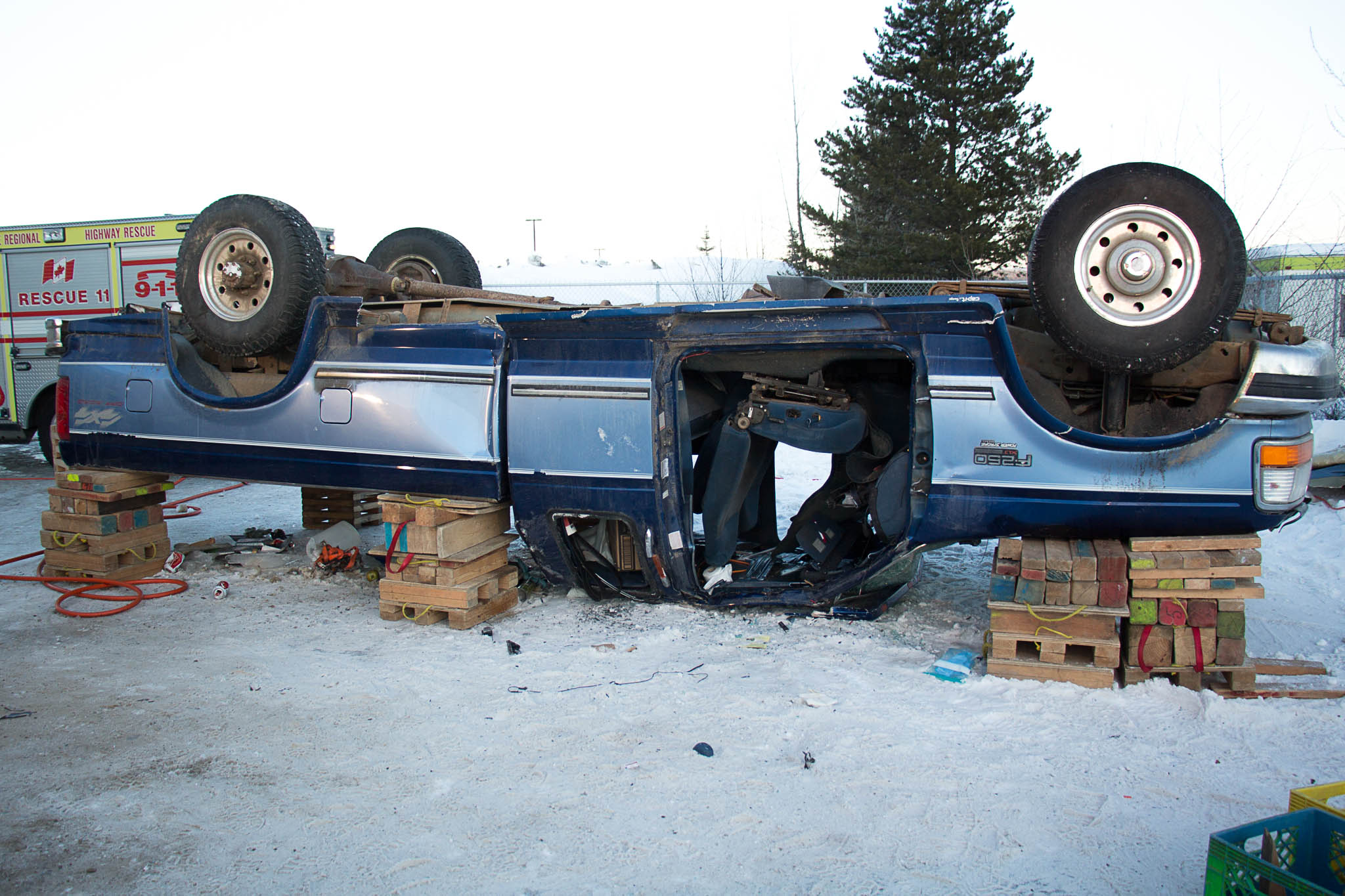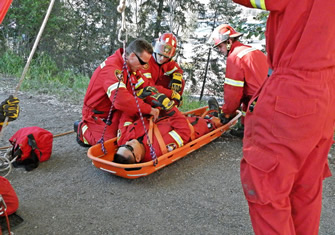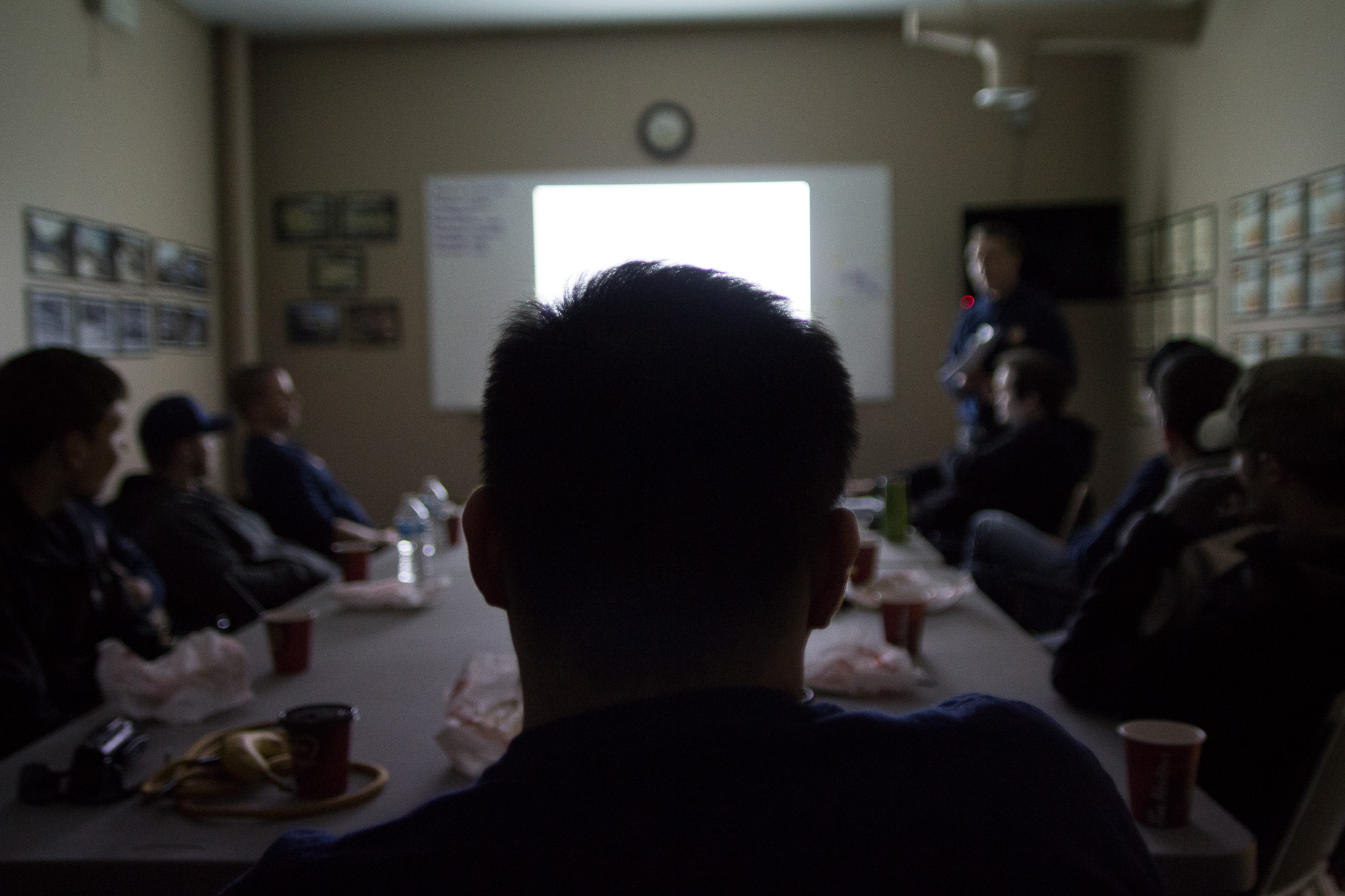The Compound Training
PGRHR has our own compound behind the hall that we train. We do real life scenario reenactments, so this means every week we have a different vehicle to cut apart with the tools we have. By doing training on vehicles, as well as our classroom training, we gain a deeper understanding of how to deal with real-life scenarios.
We have 2 different training nights so we have smaller groups and each member gets more of a hands on training. We train on Wednesday and Sunday night every week.

